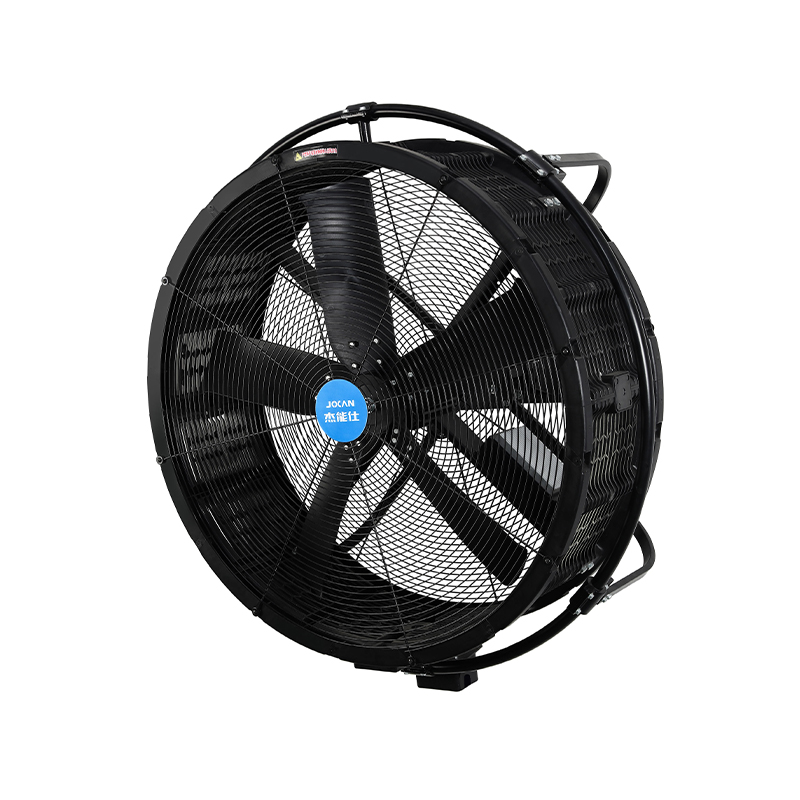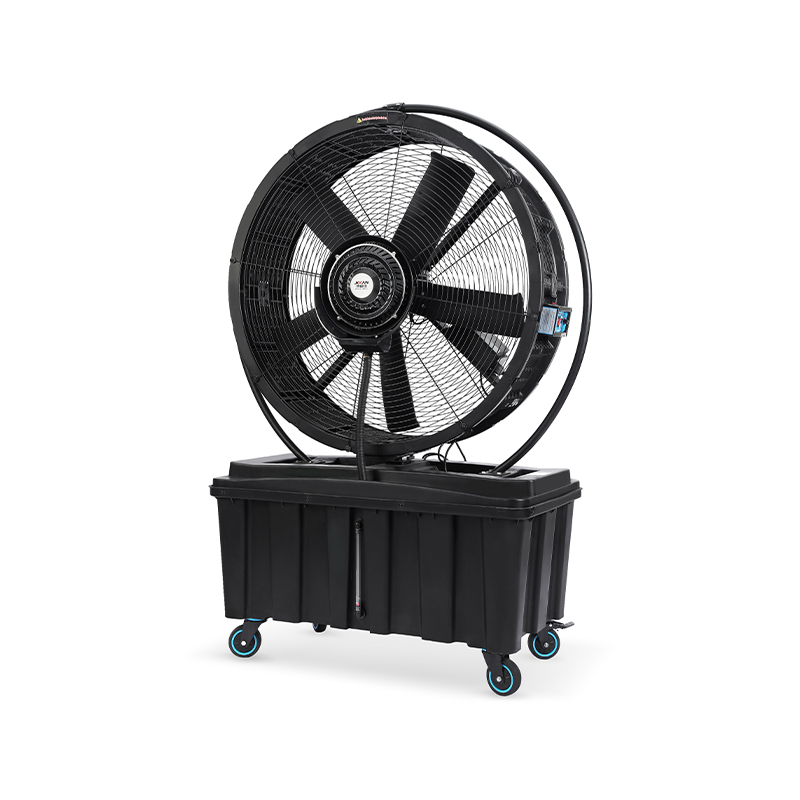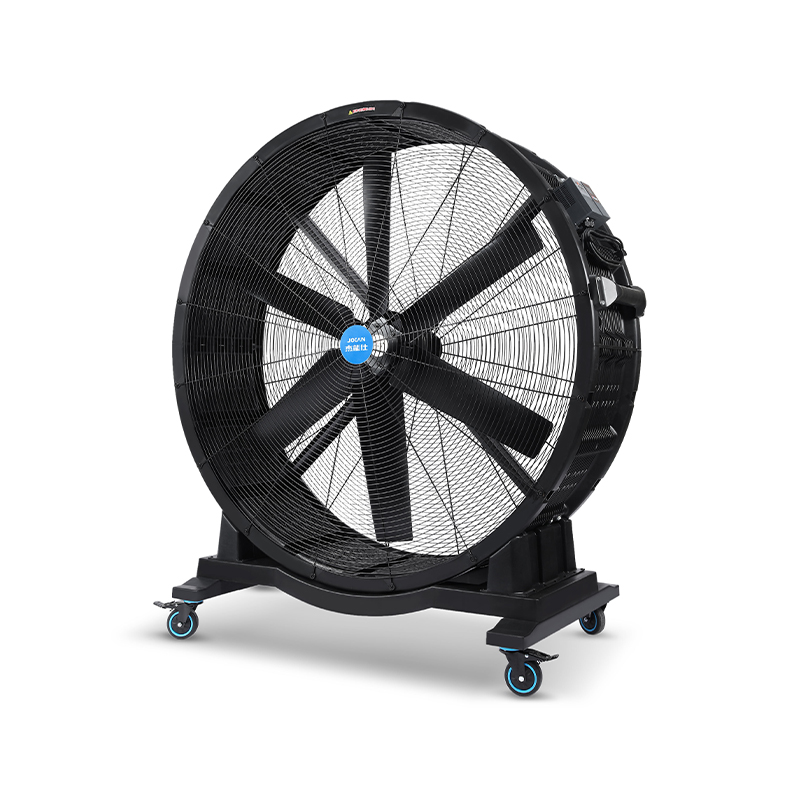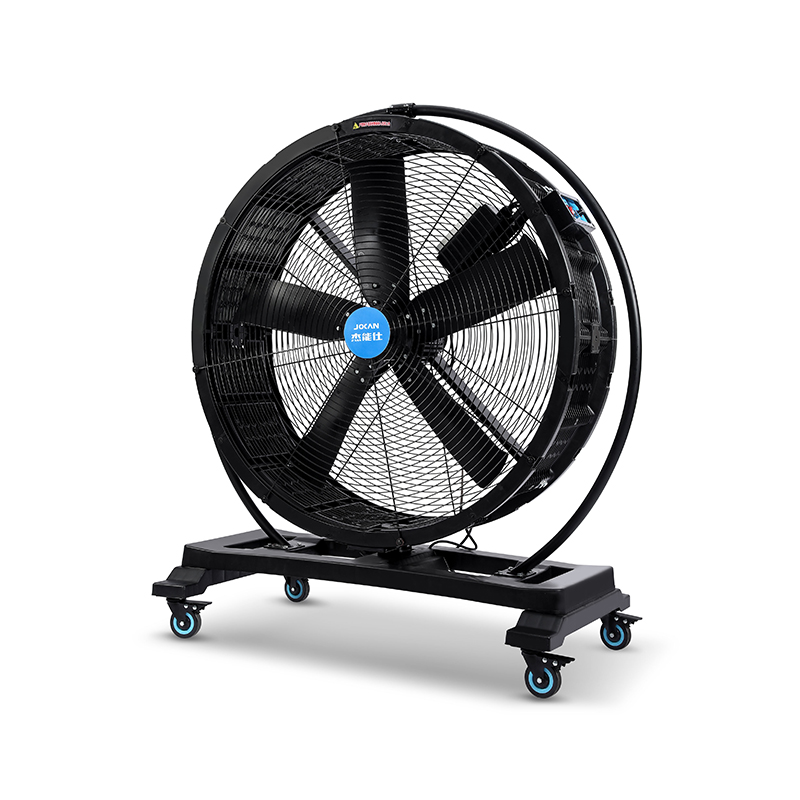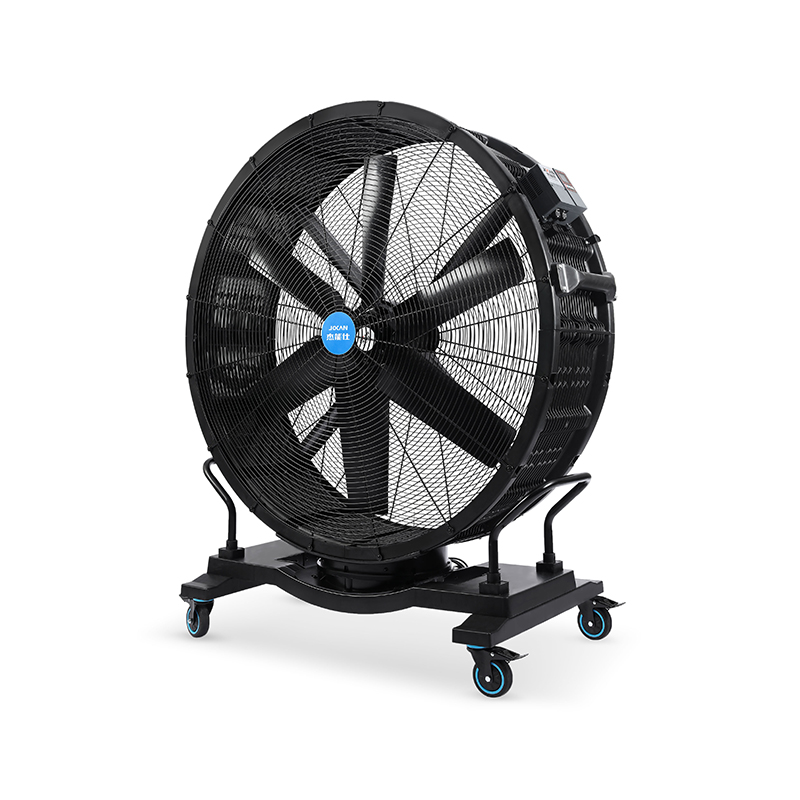Industrial ventilation continues to evolve in response to the changing demands of workplaces, homes, and commercial environments. Among the various equipment gaining attention, the industrial fan for home use has seen increasing interest as homeowners look for efficient airflow solutions beyond traditional fans. At the same time, quieter operation has become a key consideration, giving rise to devices like the quiet floor standing fan, which combines power with low noise output. In commercial and industrial entrances, the wall mounted air curtain is being recognized not only for its energy-saving benefits but also for improving indoor air quality by limiting external pollutants.

One significant trend is the growing demand for ventilation systems that blend seamlessly into residential and commercial settings. The industrial fan for home is no longer a bulky, noisy device limited to factory floors. Instead, modern designs prioritize aesthetics and quietness, allowing such fans to serve multiple purposes, including improving indoor air circulation and providing a comfortable atmosphere. As more people work remotely and spend time indoors, having an efficient industrial fan for home that does not disrupt daily activities is increasingly important.
Noise reduction has emerged as a critical feature across ventilation products. The quiet floor standing fan is one such product that has found favor due to its ability to deliver airflow without creating excessive noise. Unlike traditional fans, which often compromise noise levels for power, these quiet fans utilize advances in motor technology and blade design to make less sound while maintaining effective air movement. The quiet floor standing fan has practical applications in offices, homes, and healthcare settings where a peaceful environment is necessary.
Meanwhile, in commercial and industrial entryways, the wall mounted air curtain continues to be a practical solution for maintaining indoor air quality. These devices create an invisible barrier of airflow that helps prevent outside air, dust, and insects from entering a building when doors open. As energy conservation gains importance, the wall mounted air curtain also reduces the loss of heated or cooled air, contributing to lower energy consumption. These factors have made the wall mounted air curtain an increasingly common feature in retail stores, warehouses, and public buildings.
Another important development in industrial ventilation is the integration of smart controls and sensors. This trend impacts the industrial fan for home market as well, allowing users to automate and remotely control airflow based on room occupancy or temperature. The ability to adjust the industrial fan for home settings easily adds convenience and supports energy-saving efforts. Similarly, quiet floor standing fan models with smart features enable more personalized comfort while maintaining low noise levels.
The wall mounted air curtain is also benefiting from advances in control technology. Modern systems can adjust airflow speed based on environmental conditions or door usage, providing effective protection while optimizing energy use. This adaptability aligns well with the increasing focus on sustainable building practices and indoor air quality standards. As awareness of air hygiene grows, more buildings are incorporating wall mounted air curtain solutions alongside other ventilation measures.
Durability and maintenance are additional aspects shaping future ventilation products. The industrial fan for home must balance performance with longevity and ease of cleaning, especially as consumers seek products that offer lasting value without complex upkeep. The quiet floor standing fan shares similar requirements, with users expecting reliable operation and little maintenance over time. For commercial settings, the wall mounted air curtain is designed to withstand heavy daily use while remaining accessible for routine inspection and servicing.
In the coming years, these trends will likely continue driving innovation across the ventilation sector. The evolution of the industrial fan for home reflects broader consumer preferences for efficient, quiet, and user-friendly appliances. The growing popularity of the quiet floor standing fan indicates a shift toward solutions that meet both performance and comfort needs. Meanwhile, the ongoing adoption of the wall mounted air curtain demonstrates a practical response to energy conservation and indoor air quality challenges.
Ventilation systems, including the industrial fan for home, the quiet floor standing fan, and the wall mounted air curtain, are becoming more integrated with smart building technologies. This integration allows for better monitoring and control of indoor environments, helping to improve air quality and reduce energy consumption simultaneously. As awareness of ventilation's role in health and comfort increases, these products will likely become staples in homes and workplaces.
In summary, the future of industrial ventilation is shaped by a combination of efficiency, quiet operation, adaptability, and smart technology. The industrial fan for the home market is expanding with designs focused on user comfort and convenience. At the same time, the quiet floor standing fan addresses noise concerns without sacrificing airflow. The wall mounted air curtain remains a key player in protecting indoor environments and enhancing energy efficiency. Together, these trends point toward a ventilation landscape that is more responsive to user needs and environmental priorities than ever before.
 Add: Plot 23, Huanglang Industrial Zone, Jinqing Town, Luqiao District, Taizhou City, Zhejiang Province
Add: Plot 23, Huanglang Industrial Zone, Jinqing Town, Luqiao District, Taizhou City, Zhejiang Province
 TEL: +86-13586083215
TEL: +86-13586083215

 English
English English
English عربى
عربى 한국어
한국어


